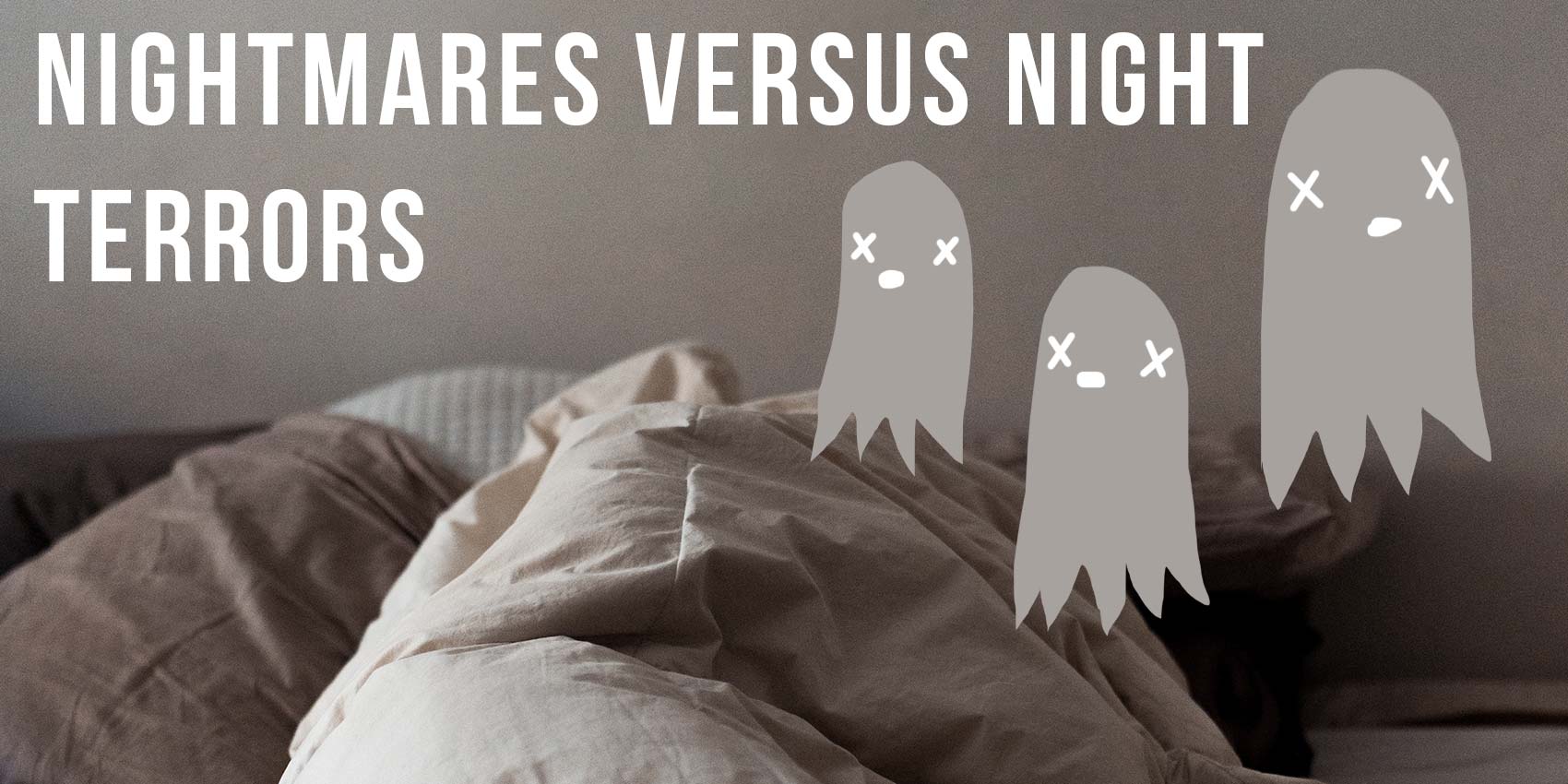24 Jun Nightmares versus night terrors

Nightmares can be downright horrific. Nightmares are scary or distressing dreams that most often wake the dreamer from sleep, at least partially. Fear and anxiety are the predominant emotions that a dreamer experiences, but anger, guilt and sadness may also be the overall feeling of a nightmare.
Both children and adults experience nightmares. But what exactly causes them? Actually, they can be caused by several different events in life such as trauma, stress, fears, illness and even medications.

DID YOU KNOW? Did you watch a scary movie before going to bed and then had a nightmare? Scary events in real life often do filter over into dreams/nightmares. You may want to think twice about watching the next showing of “Zombies Take Over The World.”
Night terrors are more serious than nightmares and are most common in children ages 3-12. When someone has a night terror, he/she can scream, shout, thrash about and even jump out of bed. The child may seem like he/she is awake but is not. Parents who try to comfort a child who is having a night terror may often find that the child can not be awakened and that the child will not accept any comfort. Quite often, the child will not recall the event the next day.
About 1-6% of children experience night terrors, but night terrors usually dissipate (lessen) by adolescence. Night terrors happen in a deeper part of the sleep cycle – deep non-REM sleep – and may last up to fifteen minutes, a really terrifying amount of time for both the child and parent!
POST QUESTION: What emotions do you most often feel during a nightmare – fear anxiety, sadness…?




Answer the post question here
What's being said